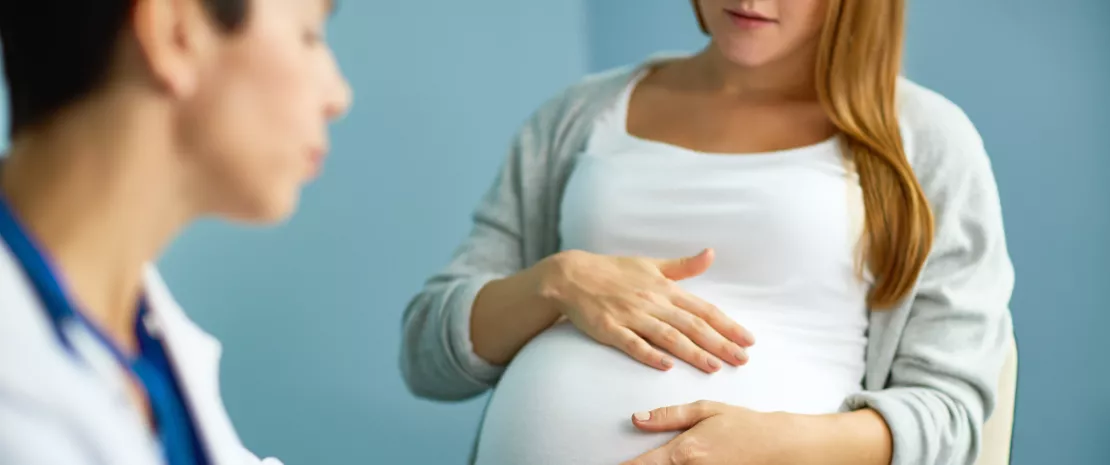Pregnancy: how the maternal gut microbiota may communicate with the fetus
Researchers have, for the first time, identified the presence of tiny vesicles from the gut microbiota in the amniotic fluid of pregnant women. These vesicles may play a key role in the child’s future immune system.
- Learn all about microbiota
- Microbiota and related conditions
- Act on your microbiota
- Publications
- About the Institute
Healthcare professionals section
Find here your dedicated section
Sources
This article is based on scientific information

About this article
A team of Finnish researchers has recently made this surprising discovery.
The microorganisms in the gut microbiota of pregnant women produce tiny extracellular vesicles (EVs) made up of bacterial material that are capable of crossing the placental barrier and reaching the amniotic fluid in which the fetus is immersed. 1 They may contribute to the proper development of the child’s immune system after birth.
Did you know?
The microbiota of very young children contains a very large number of… viruses. Danish researchers analyzed the feces of 647 one-year-olds and identified 10,000 different viral species, the vast majority of which were previously unknown. 2 Fear not, though, since these viruses are our friends. 90% of them are “bacteriophages” capable of transferring genes to bacteria and making them more competitive. By preventing certain bacterial strains from proliferating in excess, these phages also help maintain the balance of the microbiota. They may therefore play a key role in the development of the child’s immune system and may thus be involved in certain dysfunctions. To be continued...
Fetal microbiota: the end of a controversy?
This discovery should put an end to a long-running debate in the scientific community: do fetuses have microbiota?
A number of studies had reported the presence of bacterial DNA in amniotic fluid,
(sidenote:
Meconium
Earliest “stool” of the newborn, containing the amniotic liquid absorbed in utero. The meconium helps identify microorganisms lining the gastrointestinal tract of the fetus.
)
, and the placenta. However, the origin of this DNA remained unclear, and many researchers were skeptical about the presence of whole living bacteria in the vicinity of the fetus.
It now appears that this DNA comes from EVs produced by the maternal microbiota.
First coming to light around a decade ago, EVs comprise a membrane containing various bacterial molecules: proteins, lipids, DNA, RNA, etc. They are capable of passing into the bloodstream, entering cells or tissue, and modulating functions. They, therefore, constitute a unique means of communication between the microbiota and the host organism.
Communication via vesicles
Until now, no one had investigated the role of EVs in gestation, let alone proved their presence in the fetal environment.
Anne Kaisanlahti and her colleagues at the University of Oulu in Finland took stool samples from 25 pregnant women.
All then gave birth by cesarean section, which enabled the scientists to collect amniotic fluid in optimal conditions of sterility. The scientists then looked for EVs in all the samples.
They found that vesicles were indeed present, both in the feces and the amniotic fluid, and that they shared a number of features, indicating a common origin.
It should be noted that the authors are hypothesizing. Most vesicles identified in the amniotic fluid are probably cellular debris from the mother or the fetus.
Allergies: the role of intrauterine life
A gut ready to receive the microbiota
By injecting maternal EVs of human fecal origin into pregnant mice, the researchers then demonstrated the presence of vesicles in the amniotic fluid, proving that they can cross the placental barrier and migrate into the fetus.
The researchers believe that once ingested by the fetus, EVs expose the fetal intestine to bacterial constituents, thus familiarizing it at a very early stage and in complete safety with the gut microbes that will colonize it after birth. EVs may, therefore, play a key role in immunity and future health.













